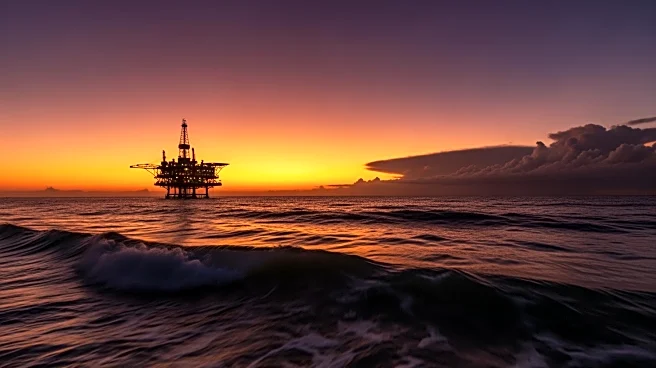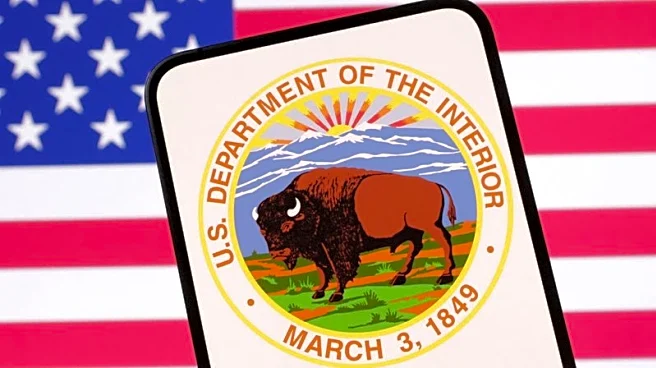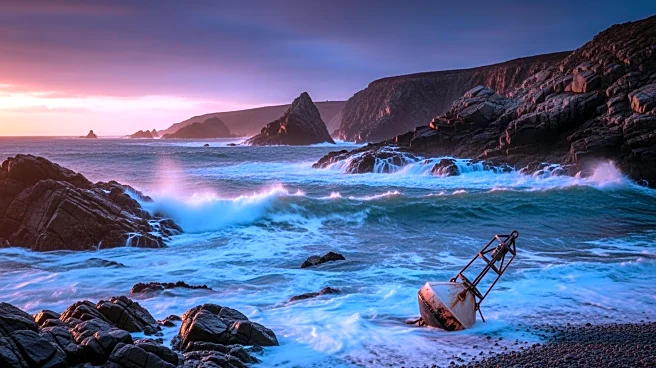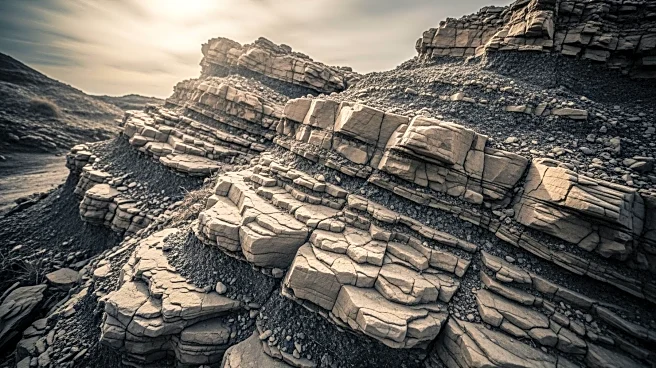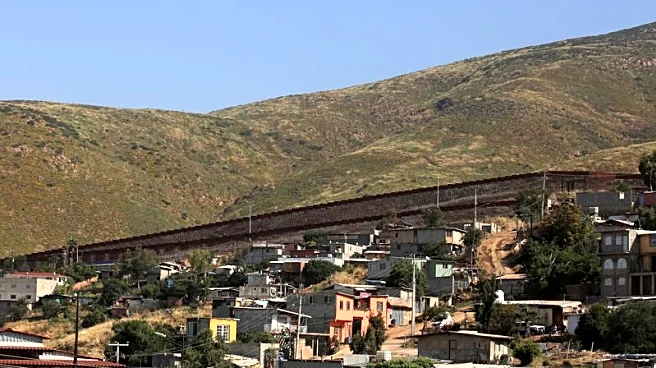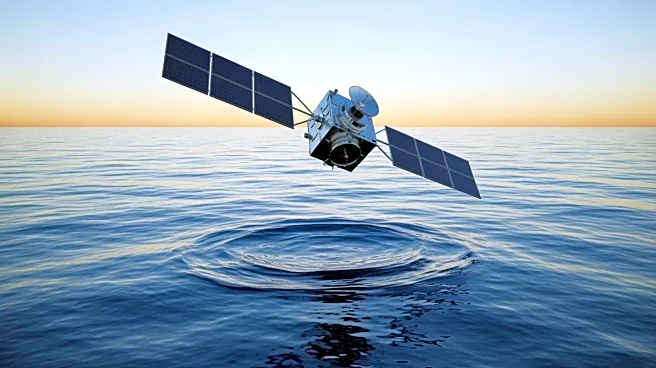What's Happening?
The Trump administration has unveiled a plan to open federal waters off the coast of California to oil drilling. This proposal marks a significant shift in U.S. energy policy, as it reverses a ban on new
offshore drilling that was signed by President Joe Biden shortly before leaving office. The Interior Department's plan also includes potential drilling in federal waters off Alaska and the Southeastern United States. This move is expected to ignite a confrontation with California state leaders and environmentalists who have long opposed offshore drilling due to its potential environmental impacts.
Why It's Important?
The proposal to allow offshore oil drilling in California has significant implications for U.S. energy policy and environmental protection. It represents a departure from previous efforts to limit fossil fuel extraction in sensitive coastal areas. Environmentalists argue that offshore drilling poses risks to marine ecosystems and coastal communities, potentially leading to oil spills and habitat destruction. The decision could also affect California's climate change initiatives, as the state has been a leader in promoting renewable energy and reducing carbon emissions. The plan may face legal challenges and opposition from state officials committed to environmental conservation.
What's Next?
The proposal is likely to face strong opposition from California's state government and environmental groups, who may pursue legal action to block the drilling. Public hearings and consultations with stakeholders are expected as part of the regulatory process. The outcome of these discussions could influence the final decision on whether drilling will proceed. Additionally, the plan may prompt legislative efforts to reinforce protections against offshore drilling, reflecting broader debates on energy policy and environmental stewardship in the U.S.
